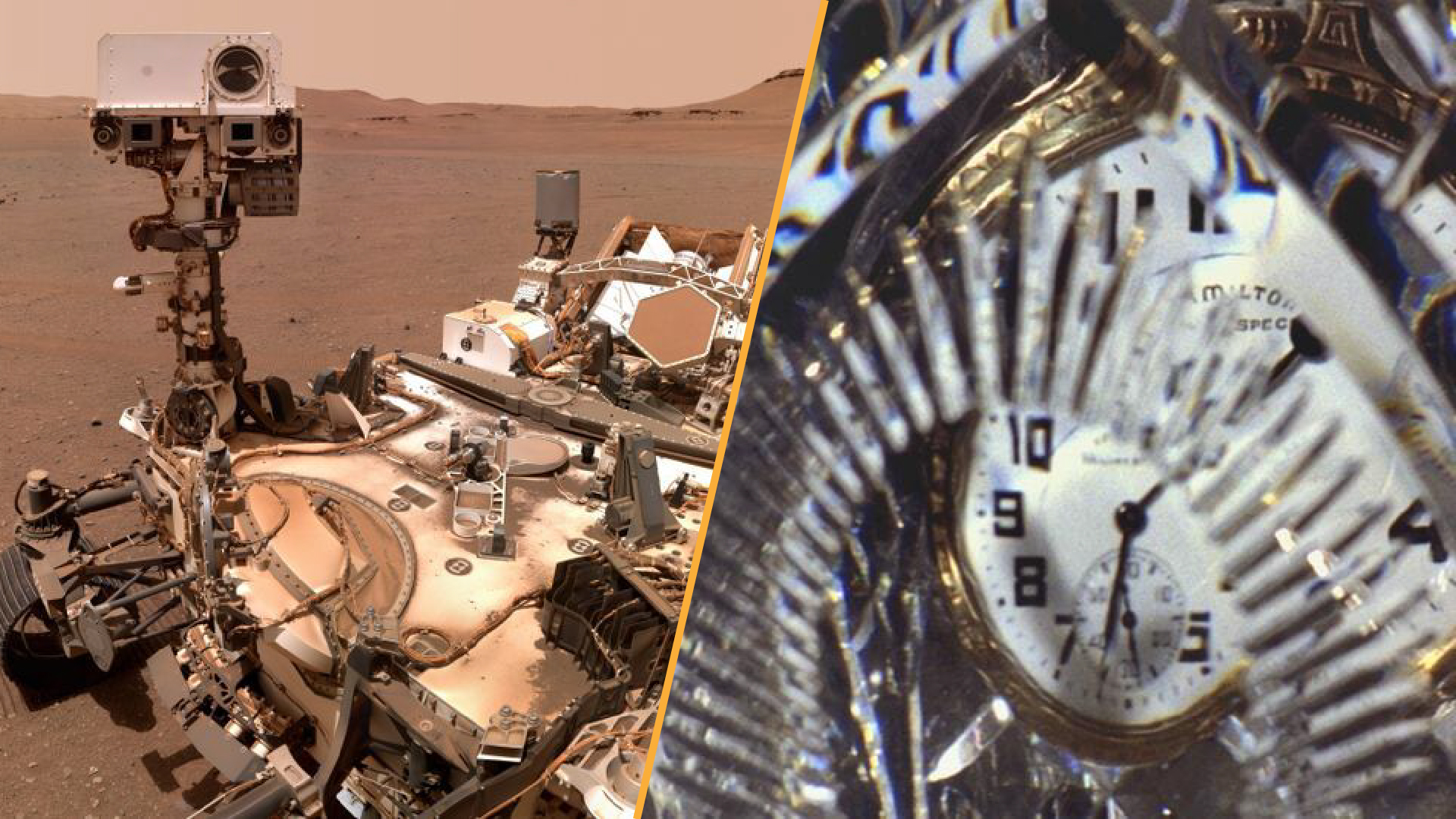New Data Transmission Speed Record Set

Broadband just got a whole lot broader. Researchers in Germany have achieved the fastest-ever data transmission on a single laser beam, and it just might carry your high-definition 3-D streaming movies of the future.
The data rate is 26 terabits per second, 260 times faster than the 100-gigabit cabling used in broadband and equivalent to beaming 700 DVDs worth of data in a single second.
While only the most data-intense scientific project today might find use for the new optical technology, Jürg Leuthold, a physicist at Karlsruher Institute for Technology, said it won’t be long before neighborhoods will have the need for such speed.
"Ten years ago, people said 'what is this good for?' about 100-gigabit lines. But now we have high-definition movies on demand, YouTube and everything else," Leuthold told InnovationNewsDaily. "Commerce will find a way to fill the space."
Streaming movies (primarily from Netflix) now hog most Internet bandwidth, but Google is poised to complicate the situation by unleashing cloud-based laptops — computers that run applications on Web servers — into the market. Streaming high-definition 3-D movies will be the biggest hit, however, in the thirst for terabit speeds projected to hit in just a few years.
The upcoming capacity problem starts with Internet service providers, or ISPs, that transfer data on the Web to and from homes and businesses using a deluge of different equipment. Most freshly installed data pipelines, however, rely on "future-proof" glassy fiber-optic materials that don’t have the data-transfer limits of traditional copper wiring.
While there may be no practical limit to the data bandwidth glassy fiber-optic cabling can handle, the devices sending and receiving information on either end of the line do have limitations.
Get the world’s most fascinating discoveries delivered straight to your inbox.
"Electronic computers can’t keep up. Above 100 gigabits, which is the industry standard now, processing gets difficult," he said. "To handle it, you would need fast processors that don't exist."
Leuthold and his team broke their previous record of 10.8 terabits per second on a single laser by avoiding electronics altogether. To encode data, send it and decode it at the other end, they instead used optical computers that could effortlessly get the job done, then split the fire hose of information into data streams tolerable to electronic computers. Unfortunately, Leuthold said that while optical computers are fast, "practically no one at home would have any use" for them, since they can only perform limited functions.
The new single-laser data transmission record is not to be confused with the fastest ever achieved over a single fiber-optic line. Those bragging rights go to a team that beamed 100 terabits per second of data through a fiber-optic cable using 370 lasers tethered to computers.
But Leuthold argues such a setup is too inefficient to be practical.
"Who can afford to power 370 lasers? Our lab wouldn’t be able to cool down the heat emitted from that," Leuthold said. "With just four of our lasers, you could easily do better. The energy savings and simplicity would make it an easy choice."
This story was provided by InnovationNewsDaily, a sister site to LiveScience. Follow InnovationNewsDaily on Twitter @News_Innovation, or on Facebook.
